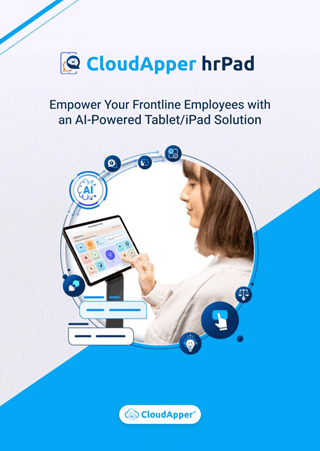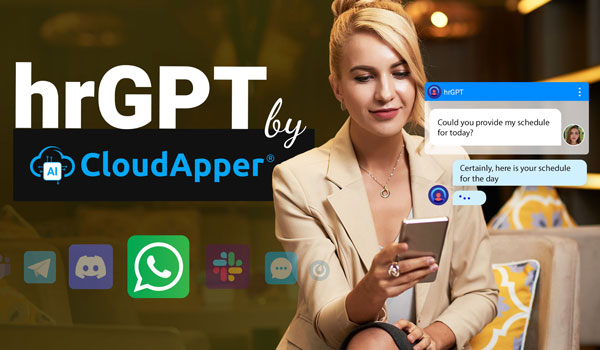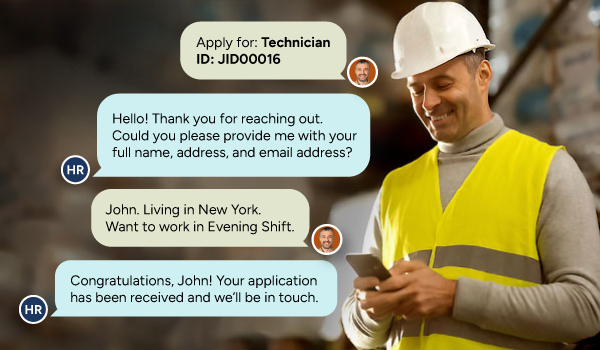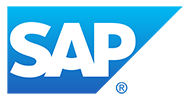CloudApper hrPad resolved Workday role-based security confusion at a healthcare provider, reducing support tickets and enhancing HR efficiency.
Table of Contents
At a large regional healthcare provider, everything changed after the organization promoted several mid-level managers across multiple locations. What seemed like a routine process quickly turned into a series of support headaches. Managers suddenly couldn’t access the employee records they reviewed daily. Payroll specialists lost visibility into timesheets. Even some HR staff had trouble navigating the system. The problem was Workday role-based security confusion.
For more information on CloudApper hrPad visit our page here.
Workday’s role-based security model makes sense on paper—it controls what users can access based on their assigned role. However, when roles change due to a promotion, transfer, or department switch, access rights shift automatically. In practice, this confused employees who didn’t understand why their system views suddenly changed. It also overwhelmed the HRIS team, who saw support tickets triple within two weeks.
Realizing the issue wasn’t going away, the HR director implemented CloudApper hrPad. What happened next not only resolved the confusion—it gave the organization a better way to manage HR interactions altogether.
Clear Role Awareness From Day One
When an employee changed roles, hrPad automatically adjusted their access based on the new Workday data. If a manager moved to a new department, their view updated accordingly—no support request needed. Within the first month, access-related tickets dropped by over 60 percent.
No More Guesswork for Employees
Instead of leaving employees wondering why a report disappeared or a function stopped working, hrPad provided clear on-screen messaging. If a role change restricted access, hrPad explained it in simple terms and pointed the user toward the correct process. This transparency reduced HR frustration and helped employees trust the system again.
Proactive Alerts for HR Staff
The HRIS team received real-time alerts whenever a user had incomplete role mapping or lost access to key workflows. This allowed them to step in before users submitted tickets. By the end of the quarter, the team had resolved 85 access mismatches proactively.
Consistent Experience Across Locations
Because the organization operated across four different regions, Workday access rules varied depending on geography and job type. hrPad adapted to these variations without any need for manual adjustments. Whether a nurse manager in Chicago or a billing supervisor in Dallas, each user saw only what they needed—nothing more, nothing less.
A Smarter Path Forward
The real benefit wasn’t just fewer tickets—it was confidence. Employees no longer feared system changes. HR teams stopped spending hours untangling role confusion. Instead, both groups focused on delivering value: improving care, accelerating onboarding, and planning future workforce initiatives.
CloudApper hrPad didn’t replace Workday. It extended it. By sitting on top of Workday’s structure and making it user-friendly, hrPad became the interface that both employees and HR professionals could rely on.
What is CloudApper AI Platform?
CloudApper AI is an advanced platform that enables organizations to integrate AI into their existing enterprise systems effortlessly, without the need for technical expertise, costly development, or upgrading the underlying infrastructure. By transforming legacy systems into AI-capable solutions, CloudApper allows companies to harness the power of Generative AI quickly and efficiently. This approach has been successfully implemented with leading systems like UKG, Workday, Oracle, Paradox, Amazon AWS Bedrock and can be applied across various industries, helping businesses enhance productivity, automate processes, and gain deeper insights without the usual complexities. With CloudApper AI, you can start experiencing the transformative benefits of AI today. Learn More

Brochure
CloudApper hrPad
Empower Frontline Employees with an AI-Powered Tablet/iPad Solution
Download Brochure
CloudApper AI Solutions for HR



- Works with








- and more.
Similar Posts

When Workday Access Changes Without Warning: How CloudApper hrPad Solves…

How a Manufacturing Facility Fixed PATT Issues in Workday Using…






